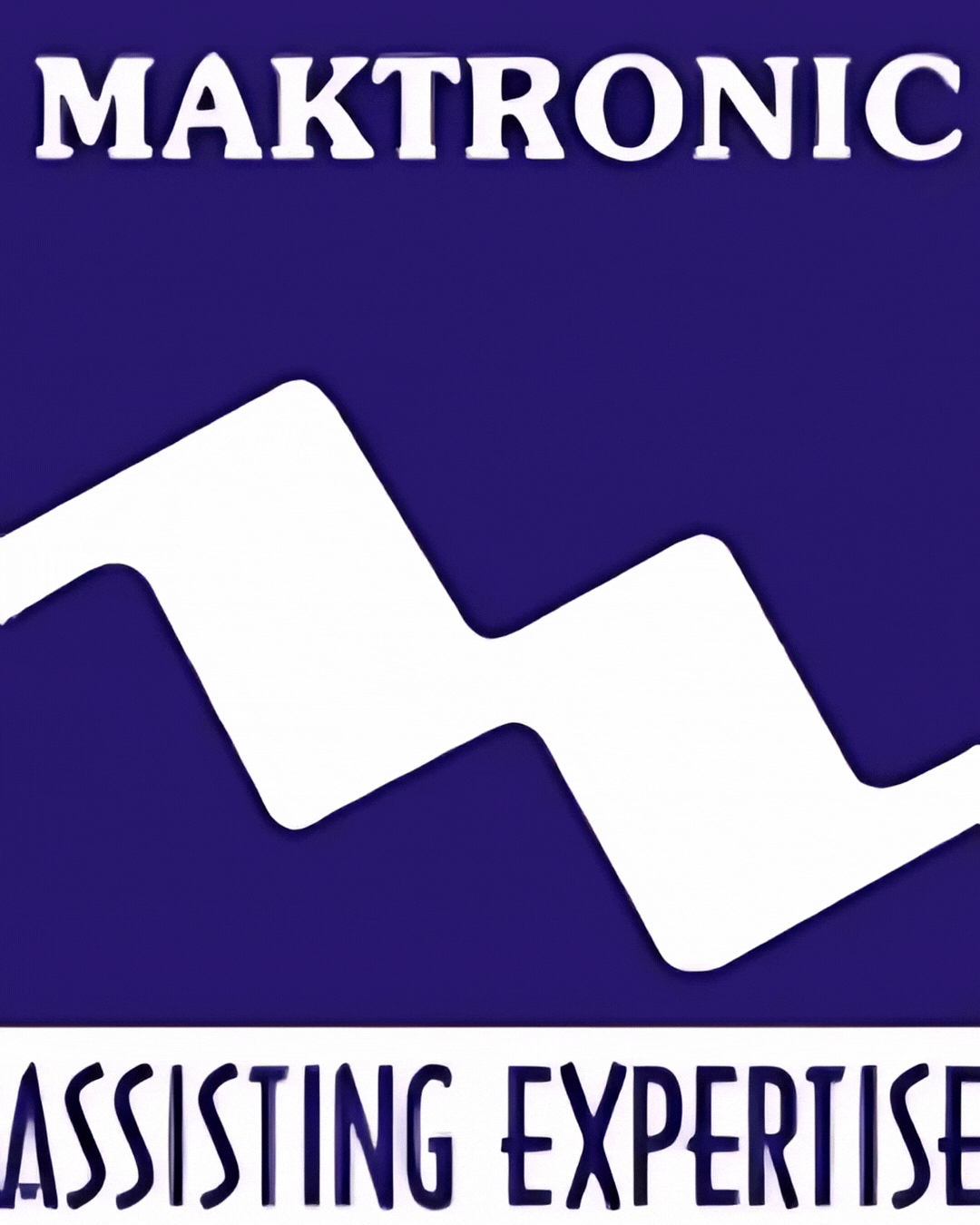MICRO DRILL
Description
Micro Drill in Plastic Surgery – Detailed Description
A micro drill is a precision surgical instrument widely used in plastic and reconstructive surgery for delicate bone cutting, contouring, and shaping. It is especially essential in procedures requiring high accuracy and minimal tissue trauma, such as craniofacial reconstruction, rhinoplasty, and jaw surgeries.
Structure and Design
Micro drills are designed to offer precision, control, and safety in delicate surgical procedures. Key components include:
- Handpiece: Lightweight and ergonomically designed for comfort and precision control.
- Motor System: Available as either electric or pneumatic (air-driven), ensuring smooth rotation.
- Drill Bits (Burrs): Available in various shapes (diamond, round, and tapered) to suit different surgical needs.
- Speed Control: Adjustable rotation speed, typically ranging from 5,000 to 80,000 RPM for precise bone sculpting.
- Cooling System: Integrated irrigation systems to prevent overheating and reduce bone necrosis.
Applications in Plastic Surgery
Micro drills are crucial in procedures requiring precision bone work, including:
-
Craniofacial Surgery:
- Used to shape and contour bones in reconstructive procedures following trauma or birth defects.
- Helps in reshaping the orbital area, cheekbones, or forehead.
-
Rhinoplasty (Nose Surgery):
- Employed to refine nasal bones, correct deviations, or reduce dorsal humps.
- Provides controlled bone reduction with minimal trauma.
-
Orthognathic Surgery (Jaw Correction):
- Used to reshape and adjust jawbone alignment for both functional and aesthetic corrections.
-
Ear Reconstruction (Otoplasty):
- Used for precise bone contouring in cartilage framework adjustments.
-
Scar and Keloid Revision:
- Helps smooth bony irregularities contributing to skin tension or distortion.
Key Features and Specifications
-
Speed Control:
- Adjustable speeds from 5,000 to 80,000 RPM for customized precision.
- Lower speeds are ideal for fine detailing, while higher speeds enable faster bone reduction.
-
Burr Types:
- Diamond Burrs: For precise polishing and fine bone reshaping.
- Round Burrs: For drilling small holes or refining bone edges.
- Tapered Burrs: For controlled bone contouring in tight spaces.
-
Ergonomic Design:
- Lightweight and balanced for reduced surgeon fatigue during lengthy procedures.
-
Cooling System:
- Continuous saline or sterile water irrigation prevents overheating, reducing bone damage risks.
-
Sterilization Compatibility:
- Components are often autoclavable to ensure sterile conditions.
Advantages of Using a Micro Drill
- Provides precise and controlled bone cutting.
- Reduces trauma to surrounding tissues.
- Enhances surgical accuracy in delicate procedures.
- Minimizes heat generation with integrated cooling systems.
- Improves postoperative outcomes with reduced swelling and faster recovery.
Precautions and Risks
- Overheating: Inadequate irrigation may cause thermal damage to bone tissue.
- Soft Tissue Injury: Requires careful handling to avoid damaging nearby structures.
- Infection Risk: Proper sterilization of components is essential.
Conclusion
The micro drill is an indispensable tool in plastic surgery, offering precision and control for intricate bone sculpting procedures. With adjustable speed, various burr options, and advanced cooling features, micro drills contribute significantly to improved surgical outcomes, faster recovery, and enhanced aesthetic results. Proper technique and safety precautions ensure optimal use in delicate reconstructive and cosmetic surgeries.


